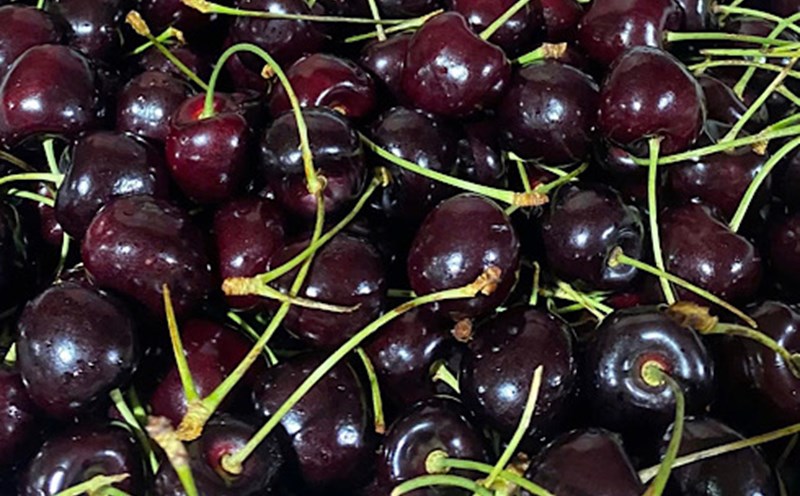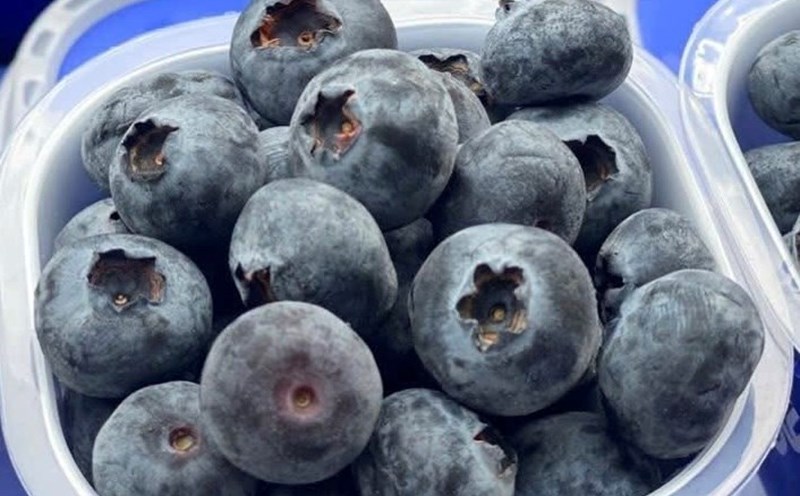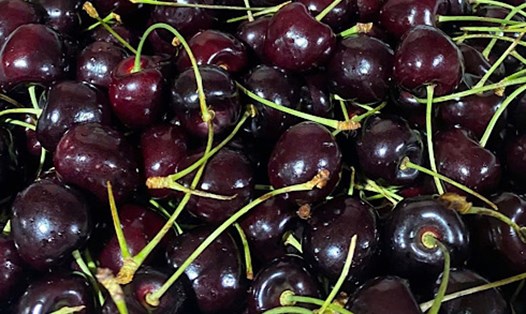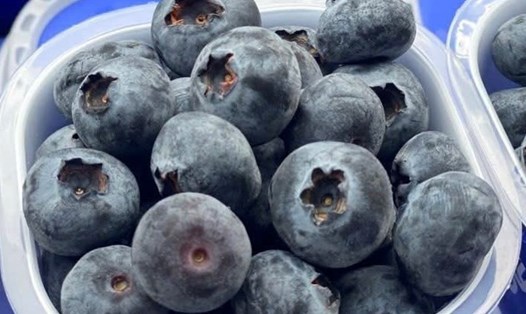A recent study by the National Institutes of Health (NIH, 2023) shows that celery extract can reduce cardiopulmonary and dialysis in people with mild to moderate hypertension after 6 weeks of use.
This effect is believed to be due to phthalide (3-n-butylphthalide - NBP), a natural active ingredient that helps dilate smooth muscles in blood vessel walls, thereby reducing peripheral resistance and naturally lowering blood pressure.
This mechanism is similar to the effect of some drugs that lower blood pressure in the dilate group, but is gentler and does not cause significant side effects.
The American Heart Association (AHA) also recognizes that phthalide in celery can help improve vascular endothelial function, thereby supporting blood pressure regulation in people with metabolic disorders.
Potassium is an essential mineral that helps neutralize the effects of sodium, the main factor in increasing blood pressure. Celery contains high potassium content (about 260 mg/100g), and is very low in sodium.
Celery also has a mild diuretic effect, helping to remove excess sodium through urine, reducing blood volume and reducing pressure on blood vessel walls.
This is the reason why many cardiologist recommend that people with high blood pressure should add celery to their daily meals or have diluted celery juice after breakfast or lunch.
One of the leading risk factors for high blood pressure is chronic inflammation and oxidative stress in endothelial blood vessel cells.
Celery is rich in polyphenols, flavonoids and vitamin C, powerful antioxidants that help protect blood vessel cells from damage caused by free radicals.
According to the European Society of Cardiology, stress and insomnia can increase blood pressure by stimulating cortisol and adrenaline secretions.
Celery contains magnesium, calcium and vitamin B6, which help stabilize the nervous system and reduce blood vessel constriction caused by stress.
Experts recommend adding celery 3-4 times a week, which can be prepared in many ways such as cooking soup, light stir-frying, mixing salad or juicing. The best time to take it is in the morning or at noon, when the body absorbs potassium and plant active ingredients better.
When using juice, it should be diluted with water or combined with apples and carrots to reduce the taste.











